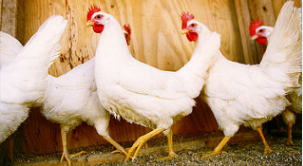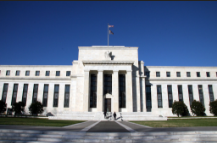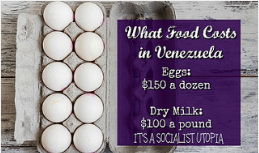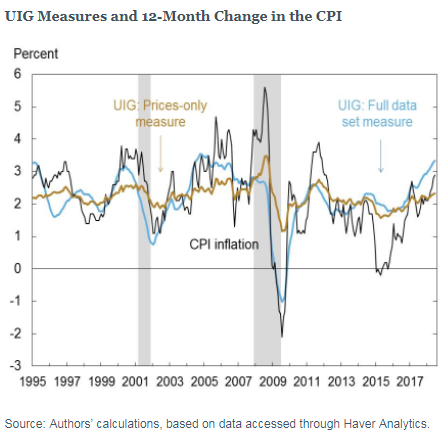The Fed Makes Your Chicken Expensive
Inflation is on people’s minds and the New York Times leads an article on the subject with a falsehood: “It’s the worrisome byproduct of a healthy economy: inflation.”
Inflation is the increase in the supply of money and credit, in the modern world, by central banks. The result of this increase is an increase in prices--asset and/or consumer.
Frank Shostak explains,
Once inflation is defined as a general rise in prices, then anything which contributes to price rises is called inflationary and therefore must be guarded against. It is no longer the central bank and fractional reserve banking that are the sources of inflation, but rather various other causes.
Matt Phillips and Natalie Kitroeff fall into that trap, believing “The root of inflation is a strong economy.” Of course, that was proved wrong in the 1970s. Nicolas Bouzou writes for mises.org,
Stagflation is a term that originated in the early 1970s to identify the simultaneous occurrence of recession and inflation—a phenomenon that Keynesian theory had previously suggested was impossible. In Keynesian theory, recessions (and the unemployment implied by them) are cured by inflation, while inflations are cured by recessions. When both occur at once, the theory is not only seriously challenged, but fiscal and money managers are at a loss concerning what to do next.
Phillips and Kitroeff, briefly put their finger on inflation, “To get their economies out of that rut, central banks helped push interest rates sharply lower. The goal was to bolster investment and growth,” but then they wander off into the demand for boxes, truck drivers, gasoline, and ultimately, chicken, which will cost the consumer more, which is, in their view, inflation.
Ludwig von Mises wrote in “Planning For Freedom,”
What people today call inflation is not inflation, i.e., the increase in the quantity of money and money substitutes, but the general rise in commodity prices and wage rates which is the inevitable consequence of inflation. This semantic innovation is by no means harmless.
The NYT pair writes, “The fear now is that inflation will start to rise more quickly, potentially crimping global growth or forcing borrowing costs higher,” making it sound like inflation comes and goes with the wind.
However, “The most important thing to remember is that inflation is not an act of God,” wrote Mises, “that inflation is not a catastrophe of the elements or a disease that comes like the plague. Inflation is a policy.”
And the world-wide central bank policy has been print baby print with the result being the total assets of all central banks hit $16.4 trillion plus (an all-time high) and these banks now, collectively, own 33 percent of all the world’s sovereign bonds.
In 1971, President Nixon snipped the last thread the dollar had to gold. Since then, according to the U.S. Bureau of Labor Statistics, prices for fresh whole chicken has increased 361.99%.
Costs are going up, along with chicken, no matter what the economy does, because the Fed keeps creating money, sometimes slow and sometimes fast. Don’t blame Tyson, blame the Fed.






